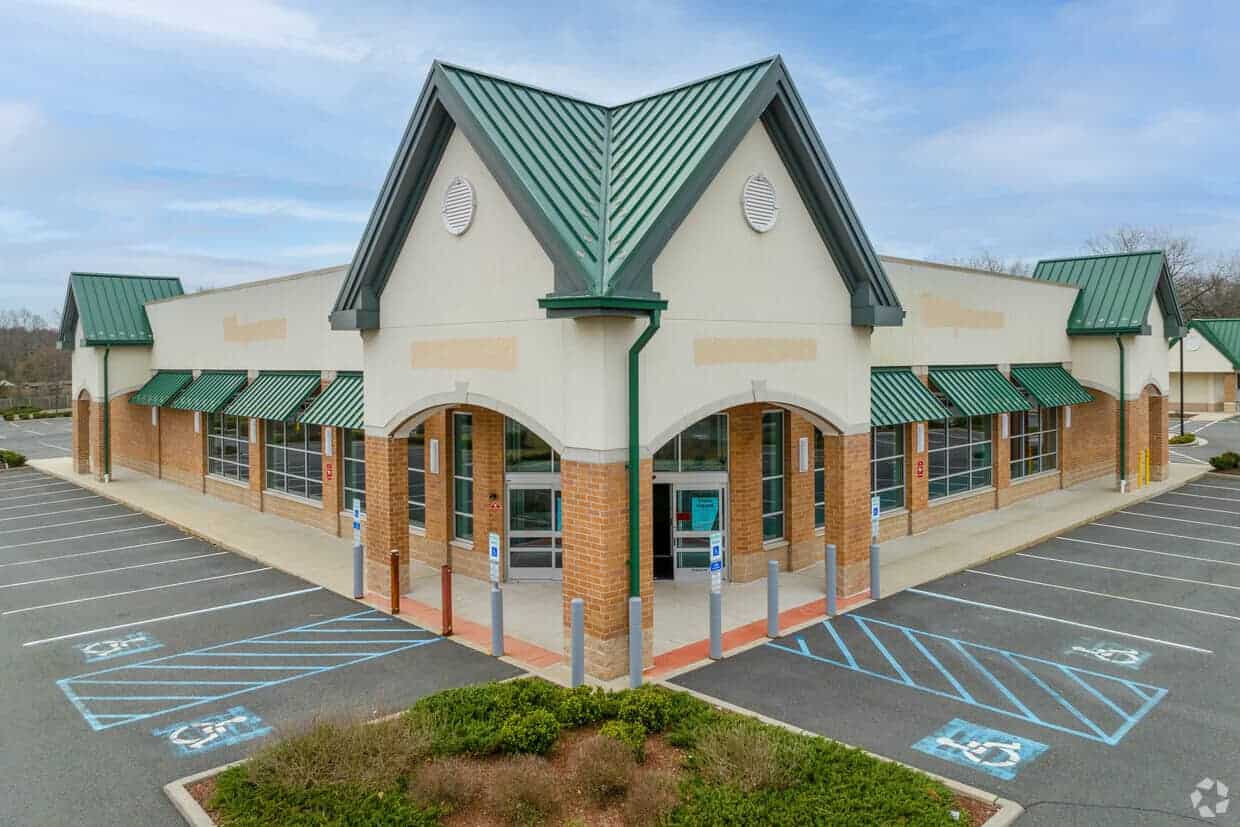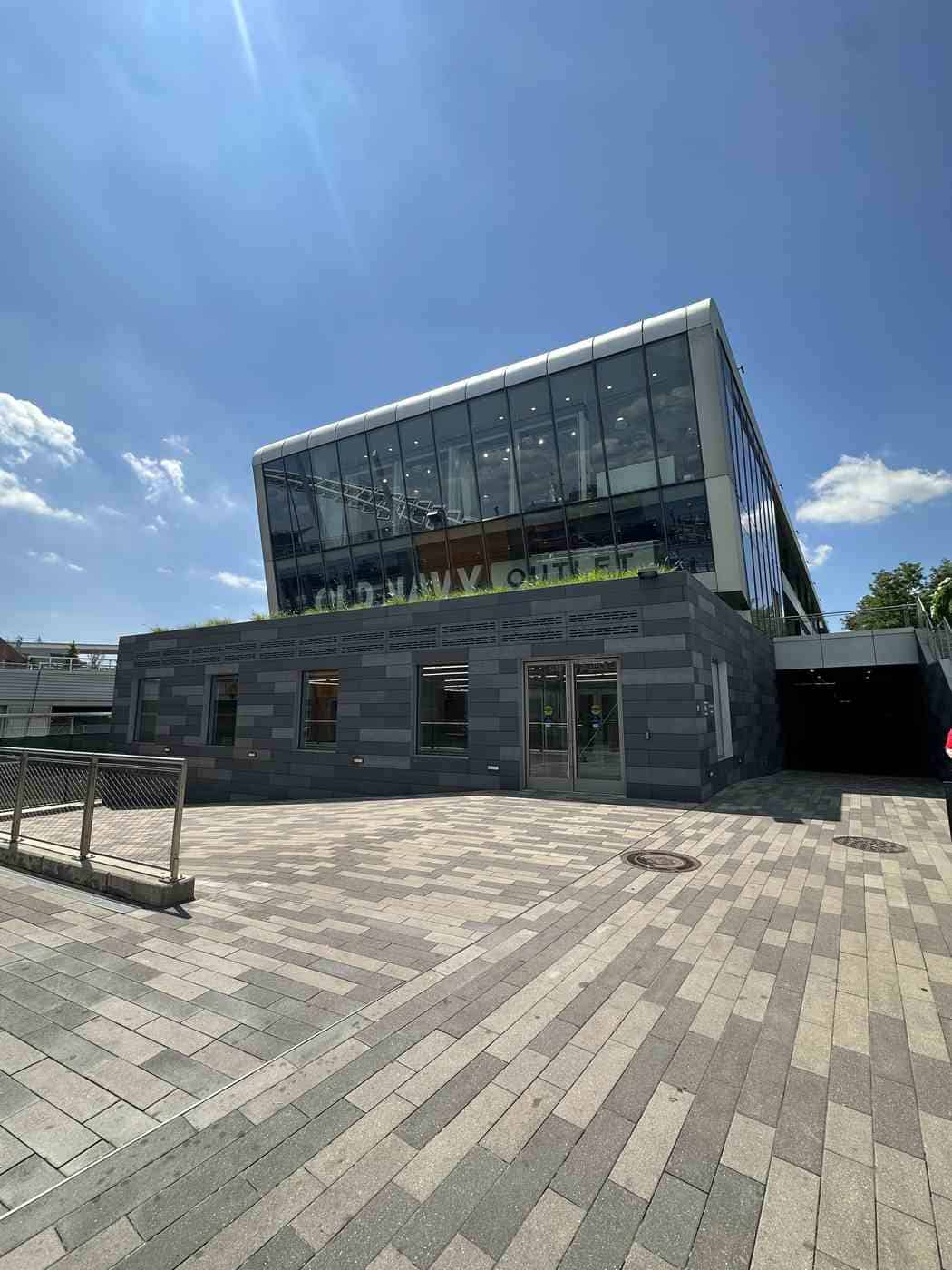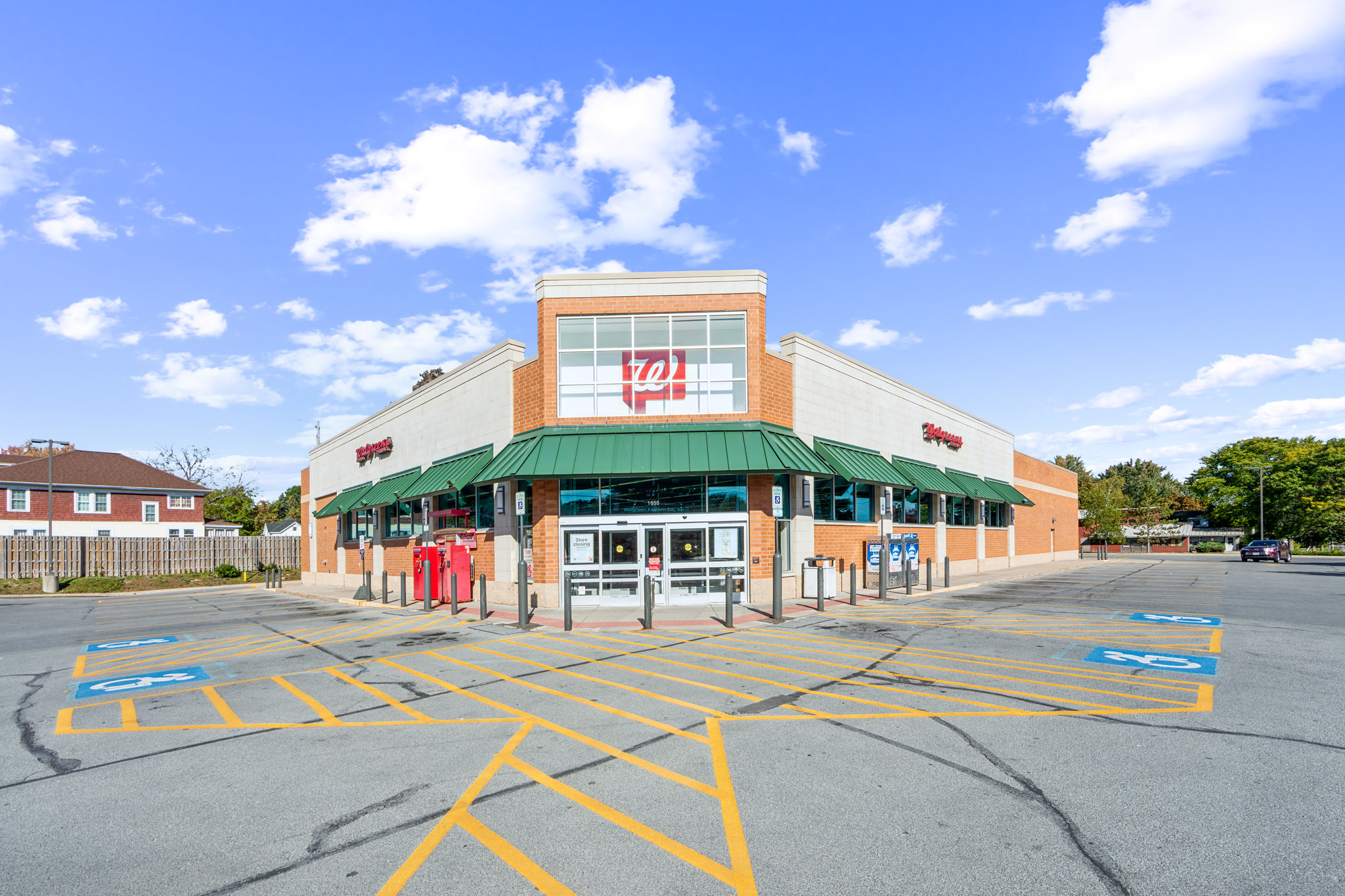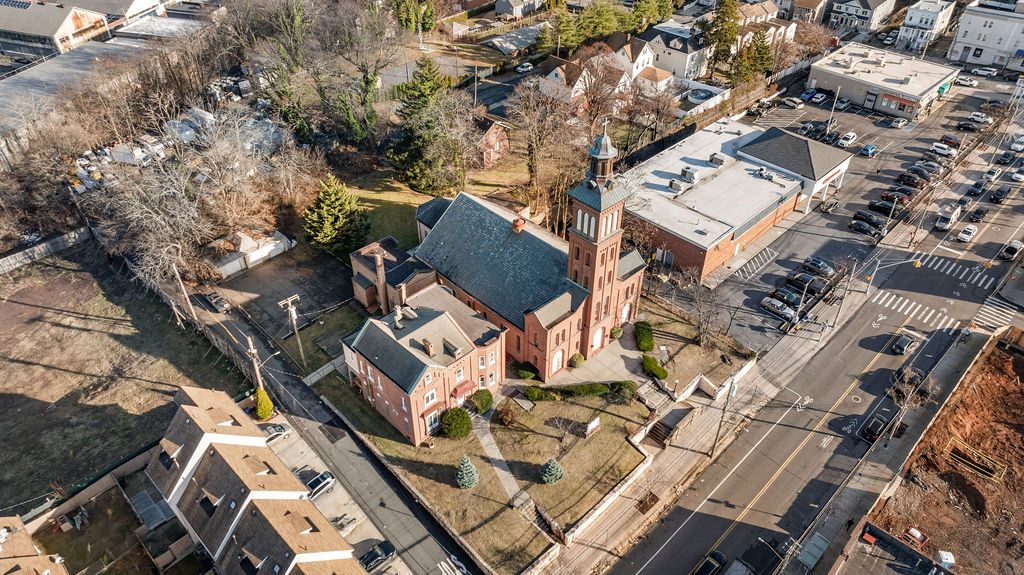1. Homeowner’s Insurance
The average cost of storm damage repairs is about $8,000. Many people don’t have this kind of money laying around. To skip extensive home repair costs, purchase a homeowner’s insurance policy.
This insurance usually covers damage from storms, fire, theft, personal injury, and sometimes medical costs. The most common policies are the HO3 and HO5 policy.
Damage, valuables, and loss are covered under an HO3 policy. There is a limit to how much someone can be compensated for stolen valuables. This also doesn’t include accidentally damaging or losing something.
An HO5 policy focuses on the home itself and the belongings inside. Homeowners with this policy get coverage for house and personal item damages, such as clothing and furniture. You can only choose this policy if your home was renovated less than 40 years ago or was built within 30 years ago.
Any destruction caused by floods or earthquakes is not covered under an HO5 policy.
2. Renter’s Insurance
It’s actually a law for tenants to have renter’s insurance in some states. In states that don’t mandate it, renters can get this type of insurance or have the landlord take it out.
Renter’s insurance is important because landlord insurance only covers the landlord’s property. In the face of a crime or disaster, the renter without insurance would get stuck with paying out of pocket for damages or stolen items.
Another name for renter’s insurance is an HO4 policy. Coverage includes liability and the loss of personal property.
3. Landlord Insurance
Landlords do not qualify for homeowner’s insurance because their home is also a business. The simplest and least expensive policy only covers damage to the building itself. You can extend the package to include personal property such as appliances and clothing.
The largest policy option covers the building, the landlord’s personal items, legal costs, loss of income, any damage related to water, and more.
Again, anyone who rents from a landlord is not protected by landlord insurance.
4. Commercial Property Insurance
Commercial property insurance covers direct damages to a business. It also covers losses related to how long it takes to repair the business. These are called time element coverages.
Direct Damage Coverage
Direct damage policies compensate companies for anything owned by the company. This could be the building in which the company is located, equipment, stock, office furniture, or machines for manufacturing. Any item that’s rented or leased by a business has partial coverage.
If your business is based within your own house, you’ll most likely have to take out a commercial property policy. Homeowner’s insurance usually doesn’t compensate for direct damage involving home-based businesses.
The destruction caused by a natural disaster may not be included in this policy. For example, you can get a hurricane, flood, earthquake, or tornado insurance policy.
It’s a good idea to consider these kinds of insurance if you live or work in an area that experiences natural disasters.
Time Element Coverage
Commercial insurance policies also have time element coverages.
Imagine a storm badly damaged your business. The longer the repairs take, the more your business loses. Time element coverages make up for these losses.
Leasehold interest coverage prevents a business from losing its location. Direct damage to a commercial property could break the lease. The insurance covers the financial loss by paying the leasehold interest.
The leasehold interest is the difference between the total cost of for the rest of the lease period and the total rental value.
If you have to shut down your company until repairs are finished, business income coverage will make sure you don’t stop making money. It’ll compensate you for the income you fail to bring in.
Extra expense coverage lightens the blow of a shutdown or prevents it altogether. For example, if a tornado damaged your business and your insurance doesn’t cover it, extra expense coverage will help you out.
5. Inland Marine Insurance
Not every company is stationary. Construction companies, phone service providers, and painting businesses all have movable equipment. This includes ladders and bulldozers.
Movable equipment is anything company-owned that leaves the company’s location. Regular commercial property insurance doesn’t cover this kind of equipment. Inland marine insurance does.
This insurance is specifically for items that move over land. Ocean marine insurance covers movable property that’s offshore, such as ships.
A painting business would want contractor’s equipment coverage. When they’re painting a building, any damage to their tools will be compensated for.
Inland transit coverage is for businesses that ship goods over land by rail or truck. This could be a product such as food or electrical equipment.
Many companies rely on computers to run smoothly. EDP and cyber liability are two policies that cover damage to data, websites, and computers.
6. Storage Insurance
Homeowner’s insurance covers items in a rented storage unit if the policy includes off-premises personal property coverage. Renter’s insurance also covers storage units, although there may be some limitations.
If your homeowner’s or renter’s insurance doesn’t protect or fully protect your storage unit, you can buy separate insurance.
Storage insurance is solely for storage units. You can also take out renter’s insurance that’s specifically for your storage unit.
Your Guide to the Types of Property Insurance
It’s vital that you protect your property with insurance. If you’re ever a victim of a storm or a crime and don’t have coverage, you’d have to shell out your own money for repairs and replacements.
You may have to take out more than one policy. Make sure you know everything that’s covered under an insurance policy.
Use this guide to decide which types of property insurance you may need.
Was this article helpful? Keep browsing our blog for more tips and real estate information.

.jpeg)






Leave a Comment